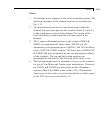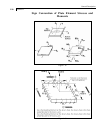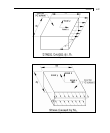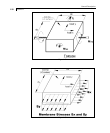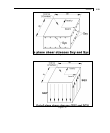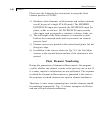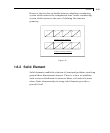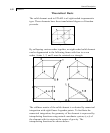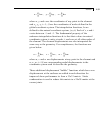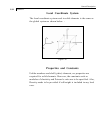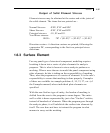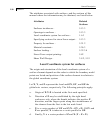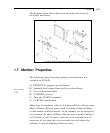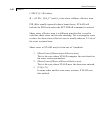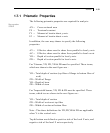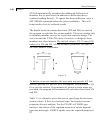
Section 1
1-33
xhii
i
=
=
∑
1
8
x y z, , zh yhii
i
=
=
∑
1
8
ii
i
=
=
∑
1
8
where x, y and z are the coordinates of any point in the element
and x
i
, y
i
, z
i
, i=1,..,8 are the coordinates of nodes defined in the
global coordinate system. The interpolation functions, h
i
are
defined in the natural coordinate system, (r,s,t). Each of r, s and t
varies between -1 and +1. The fundamental property of the
unknown interpolation functions h
i
is that their values in natural
coordinate system is unity at node, i, and zero at all other nodes of
the element. The element displacements are also interpreted the
same way as the geometry. For completeness, the functions are
given below:
u =
, v = , w = huii
i=
∑
1
8
hvii
i=
∑
1
8
hwii
i=
∑
1
8
where u, v and w are displacements at any point in the element and
u
i
,v
i
, w
i
, i=1,8 are corresponding nodal displacements in the
coordinate system used to describe the geometry.
Three additional displacement “bubble” functions which have zero
displacements at the surfaces are added in each direction for
improved shear performance to form a 33x33 matrix. Static
condensation is used to reduce this matrix to a 24x24 matrix at the
corner joints.



